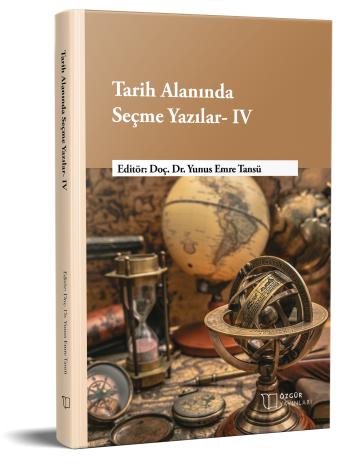
The Issue of Settlement of Population Exchanges in Muğla-Bodrum District (1923-1930)
Chapter from the book:
Tansü,
Y.
E.
(ed.)
2023.
Selected Papers in the Field of History- IV.
Synopsis
During the Republican period, the period of migration from the Balkans to Anatolia was the period of population exchange. After the National Struggle ended in victory under the leadership of Mustafa Kemal Atatürk, the parties came together in Lausanne. During the negotiations held here, the displacement of the Greeks in Anatolia and the Turks in the Balkans came to the fore, and on this situation, the "Convention and Protocol on the Population Exchange of Turkish and Greek Populations" was signed between Turkey and Greece on January 30, 1923. After this protocol, Turkey established “the Ministry of Population Reconstruction and Settlement” on 13 October 1923 in order to carry out the population exchange in a healthy way. This power of attorney has determined 10 settlement areas in Anatolia for the settlement of the exchanged people. One of them was the 4th Region, which includes İzmir, Aydın, Manisa, Afyon and Muğla. In this period, Bodrum District was one of the 6 districts of Muğla Province where the exchanged people would be settled.
On January 13, 1924, the Ministry of Exchange, Reconstruction and Settlement established Exchange Reconstruction and Settlement Commissions under the chairmanship of the Governor in each province and the District Governor in each district in order to carry out the exchange in a healthy way. In Bodrum District, a commission consisting of people such as Property Manager, Forestry Manager and Mayor was formed under the chairmanship of District Governor, Enver Bey.
One of the most important issues of the Ministry of Exchange, Development and Settlement was the determination of the places where the exchanged people would settle. In this context, places such as Çarşı Neighborhood , Kumbahçe Neighborhood, Atik Neighborhood, Yahşi Village, in Bodrum District were determined as the settlement areas of the exchanged people.
One of the issues that Turkey focused on was the transportation of the exchanged people from the Balkans to Anatolia. In this context, the mandate has made an agreement with the Turkish Ferryboat Association, which has the largest number of ferries. This union also carried the exchanges from the Balkans and Aegean Islands to Anatolia and thus some of them to Bodrum District.
Another issue that Turkey attaches importance to was the health status of the exchanged people. In this regard, the attorney made an agreement with the Red Crescent and thus tried to solve all kinds of health problems of those who came.
The most emphasized and discussed issue during the exchange period was the type, location and value of the goods given to the immigrants. During this period, people dealing with agriculture such as harvester, tobacconist, vegetable grower came to Bodrum District from places such as Rhodos Island, Crete İsland and these were also given houses, plots, olive groves, vineyards and gardens from places such as Kumbahçe Neighborhood and Yahşi Village of Bodrum District.
Immigrants had some problems during the population exchange. However, the state relieved them by solving these problems.

